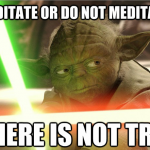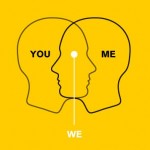The Many Uses of Mindfulness: Attention Skills

The current definition of mindfulness is the ability to pay attention moment by moment without judgment on purpose. This definition is the summary/end result of a number of processes that go on behind the scenes. Mindfulness has been the subject of over 1800 studies over the past 30 years and central to all of these studies is the importance of attention to the present moment. Through research and the experience of thousands of people over at least 2500 years we have come to realize that mindfulness is key to bringing our bodies/lives into balance. In a world suffering from an epidemic of ADD and ADHD it is particularly important to use mindfulness as a way of resolving this and many other issues.
Let’s take a look at the broader relationship of attention to who we are. I’m going to step out of the world of research and discuss what my personal experiences have been regarding this broader view. The world of experience used to be all we had until the scientific revolution. Science has been a valuable tool for many things and with the breakthroughs in quantum research it would not surprise me if we could eventually measure what has thought to have been unmeasurable.
To me, attention is the third process and perhaps the most critical in how we experience things and get things done. The sequence is: being, awareness, attention, creativity/imagination, intention, and action/expression. Most of as can agree that being is a given as a first principle although I understand there are some who are not sure that they even exist. These people notwithstanding, we would next get to pure awareness. After awareness would come the all important attention to the present moment. I see being as the ocean, awareness as a boat and attention as the rudder. We all know what happens to a boat in the ocean without a rudder. Apply that to your life and the realization of the importance of present moment attention becomes clear. The effectiveness of creativity/imagination, intention, and action/expression is directly related to the rudder of attention. Without that rudder it’s easy to see how the rest can go astray. The rudder of mindfulness is the element that creates the necessary symmetry to allow all these things to line up and flow naturally together with a sense of ease. When this happens there is cooperation with the energy that is everywhere and the expression of “being in the flow” comes to life.
The Many Uses of Mindfulness: Attention Skills Read More »









